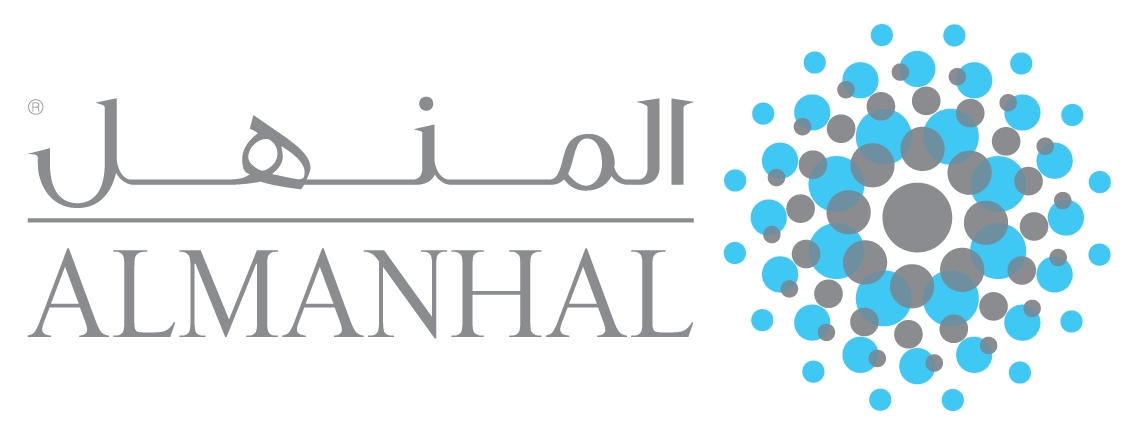Available Financing Resources For Islamic Microfinance Institutions To Alleviate Poverty- Cash Waqf Approach
DOI:
https://doi.org/10.31436/jif.v10i.529Abstract
Islamic Microfinance (IM) is considered an important element of economic prosperity and an instrument in reducing poverty rates in the Islamic world. However, the IM industry faces many problems in its efforts to serve the community. One of these problems is the lack of financing resources. This research studies the current Islamic financing channels that are used to finance IM institutions and determine the appropriate mechanisms or models practiced by IM institutions to finance the micro-enterprises and therefore reduce the poverty rate in Muslim communities. This research applied a qualitative approach by reviewing the current literature in the IM industry. This research focused on Cash Waqf as an alternative channel to finance IM institutions as this model has been successfully implemented and experienced by many Islamic countries, to deal with various social problems and poverty alleviation. The desired development can be achieved by investing Cash Waqf funds in micro-enterprises that may help to maximize investment and low-income people’s returns also enhance economic development to a direct impact poverty alleviation. It has been found that the Cash Waqf model is considered an appropriate source of funding to finance IM instigations that will utilize the Cash Waqf fund to finance micro-enterprises through several models like Mudarabah, Murabaha, Musharakah Mutanaqisah and Qard Hassan. These models were discussed after merging them with the concept of Cash Waqf through the previous literature, weighing the advantages and disadvantages of each one, and proposing some solutions that could contribute to solving the problems faced by the micro-enterprises.
Downloads
References
Al-Abbas, M., & Ibrahim, G. (2019). 65% refusal rate of financing requests for small and medium companies in Dubai.
Al-Zaabi, K. (2013). Weak experience and financing conditions hinder the aspiration of those wishing to establish small and medium enterprises.
Al-Zarqa, A. (1994). “al-Wasail al-Hadithah litamwil wa al-Istithmar,” in Idara wa Tathmir Mumtalakat al-Awqaf. (Jeddah: IDB, 1994.).
Aris, N. . (2006). SMEs: Building Blocks For Economic Growth. Paper Presented at National Statistics Conference, Department of Statistics, 4-5 September, (Malaysia).
Arnaout, M. (2011). Studies in cash waqf, A Different Concept for Riba in Ottoman Society. Tables 201.
Beatriz Armendáriz, & Morduch Jonathan. (2010). The Economics of Microfinance. (Cambridge, MA: MIT Press).
Census of Establishments and Enterprises. (2005).
Cizakca, M. (2004). Cash waqf as alternative to NBFIs Bank. In International Seminar on Nonbank Financial Institutions: (Islamic Alternatives (pp. 1-3).
Demirguc-Kunt, A. & Klapper, L. (2012). Measuring financial inclusion: the global findex. World Bank Policy Research Working Papers, (6025 (Washington, DC: World Bank).
Duasa, J., & Thaker, M. A. B. M. T. (2016). a Cash Waqf Investment Model: an Alternative Model for Financing Micro-Enterprises in Malaysia. Journal of Islamic Monetary Economics and Finance, 1(2), 161–188. https://doi.org/10.21098/jimf.v1i2.533
El-Gari, M. A. (2004). The Qard Hassan Bank. Paper Presented In the International Seminar On Nonbank Financial Institutions: (Islamic Alternatives, March 1-3 Kuala Lumpur, 2004).
Haron, H., Binti Said, S., Jayaraman, K., & Ismail, I. (2013). Factors Influencing Small Medium Enterprises (SMES) in Obtaining Loan. International Journal of Business and Social Science, Vol. 4 No., 182–195. https://doi.org/10.1081/QEN-120024004
Hassan, N., Tee, S. S. C., Jian, A. Y., & Mohd, N. A. R. (2010). Financial constraints and opportunities of Micro
Entreprise Entreprenuers : A theoretical framework. International Conference on Business and Economics Research, IACSIT Press, Kuala Lumpur., 1, 165–168.
Hichem, H. (2017). Al-haykalah Al-maliyyah li al-waqf al-naqdi [Financial structure of the cash waqf]. Islamic Economics Institute, (King Abdulaziz University, Jeddah, Saudi Arabia).
Idris, F. (2001). Entrepreneurs’ Awareness Of Bank Borrowing Offered By Government Agencies And Commercial Bank In Malaysia. (ICSB, 2001).
Ismail, A., Hassan, M., Ismail, N., & Shahimi, S. (2010). ON THE THEME OF TAWHID, ZAKAH AND WAQF IN A
META-EPISTEMOLOGICAL GENERAL-SYSTEM MODEL. In 2010 International Conference on Intelligent Networking and Collaborative Systems. https://doi.org/10.1109/INCOS.2010.100
Ismail Abdel Mohsin, M. (2013). Financing through cash-waqf: a revitalization to finance different needs. International Journal of Islamic and Middle Eastern Finance and Management, 6(4), 304–321. https://doi.org/10.1108/IMEFM-08-2013-0094
Khalid, M. (2014). Waqf as a Socially Responsible Investment Instrument: A case for Western - countries , EJIF –European. Journal of Islamic Finance, N°1.
Lean, J., & Tucker, J. (2001). Information Asymmetry, Small Firm Finance And Role Of Government. Journal of Finance and Management in Public Services, 62, Vol. 1, No.
Majlis Pembangunan PKS Kebangsaan. (2013). SME Annual report 2012/13. 2009–2010.
Marshall, G. S. (1974). Hodgson. The Venture of Islam.
Meza, V. S. (2012). Microfinancing Access Constraints In Both Malaysia And Costa Rica: Case Of The Microenterprises Sector. Paper Presented At International Conference On Social Sciences & Humanities 2012, (Kuala Lumpur Malaysia).
Mohd Thas Thaker, M. A. Bin, Mohammed, M. O., Duasa, J., & Abdullah, M. A. (2016). Developing cash waqf model as an alternative source of financing for micro enterprises in Malaysia. Journal of Islamic Accounting and Business Research, 7(4), 254–267. https://doi.org/10.1108/JIABR-09-2014-0029
Mohsin, M. I. A. (2013). Financing through cash-waqf: a revitalization to finance different needs. International Journal of Islamic and Middle Eastern Finance and Management, 6(4), 304–321. https://doi.org/10.1108/IMEFM-08-2013-0094
Muhammad, A. . (2012). Challenges of micro finance and prospect of introducing and developing IMIM in Nigeria. International Islamic University Malaysia (IIUM).
Obaidullah, M. (2016). Introduction to Islamic Microfinance. IBF Net (P) Limited, India Web: http://www.ibfnet.in.
Saleh, A. S., Caputi, P., & Harvie, C. (2008). Perceptions of business challenges facing Malaysian SMEs : some preliminary results Perceptions of business challenges facing Malaysian SMEs : some. 2008, 79–106.
Sayyed, S. M., Ebrahimi, T., & Zaman, M. N. (2014). Study of Cash Waqf and Its Impact on Poverty (Case Study of Iran). Retrieved from www.econstor.eu
Thaker, M. A. B. M. T., Mohammed, M. O., Duasa, J., & Abdullah, M. A. (2016). The behavioral intention of micro enterprises to use the integrated cash waqf micro enterprise investment (ICWME-I) model as a source of financing. Gadjah Mada International Journal of Business, 18(2), 111–130. https://doi.org/10.22146/gamaijb.12565
Yediyıldız, B. (2003). Yüzyılda Türkiye’de Vakıf Müessesesi (Bir Sosyal Tarih İncelemesi). (Ankara, Türk Tarih Kurumu Basımevi.).












